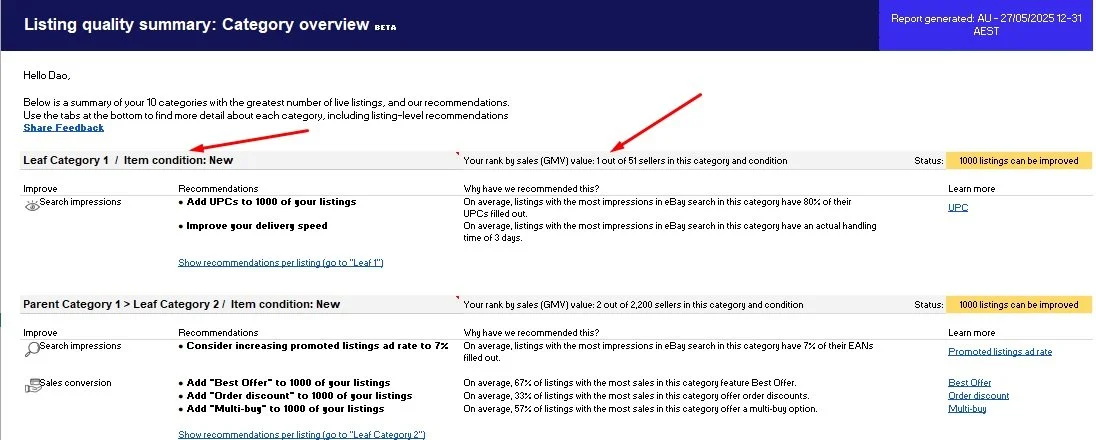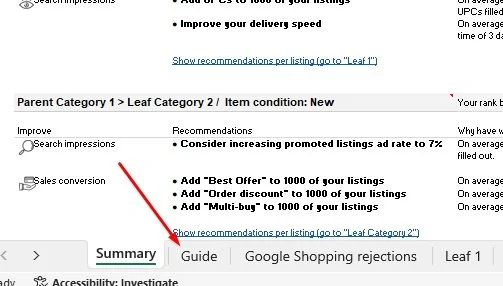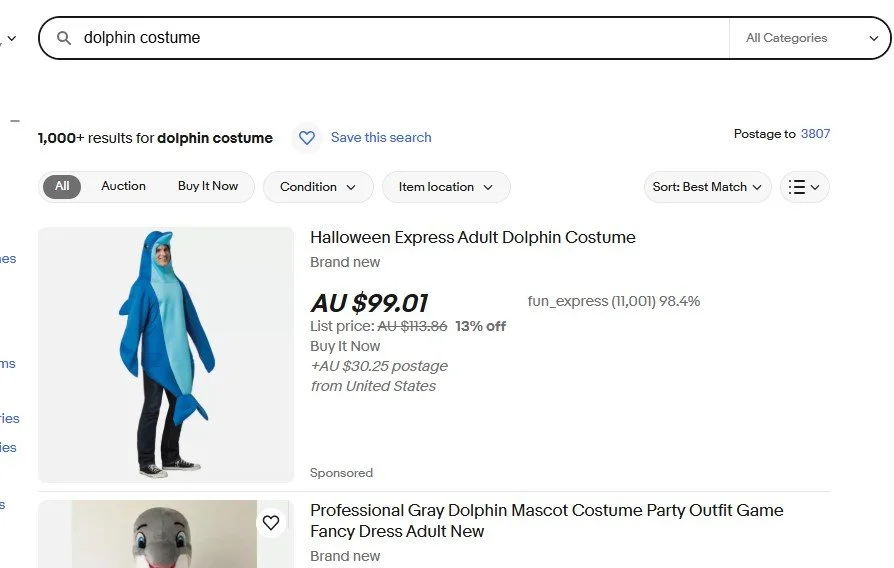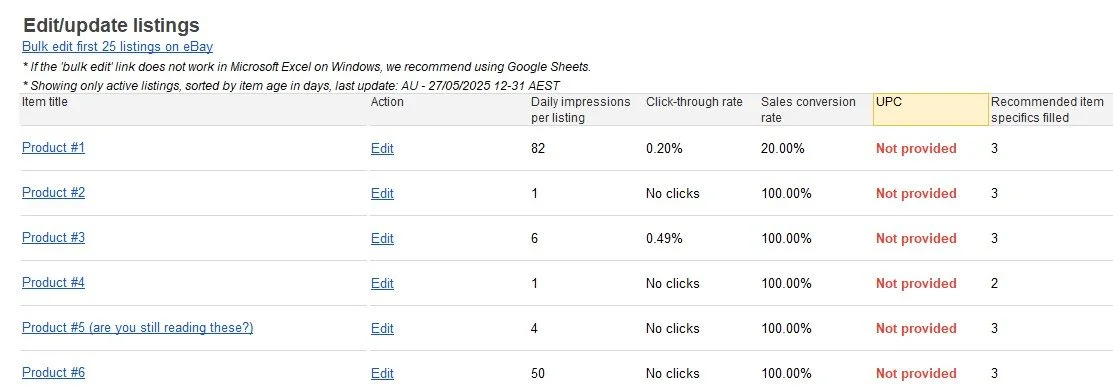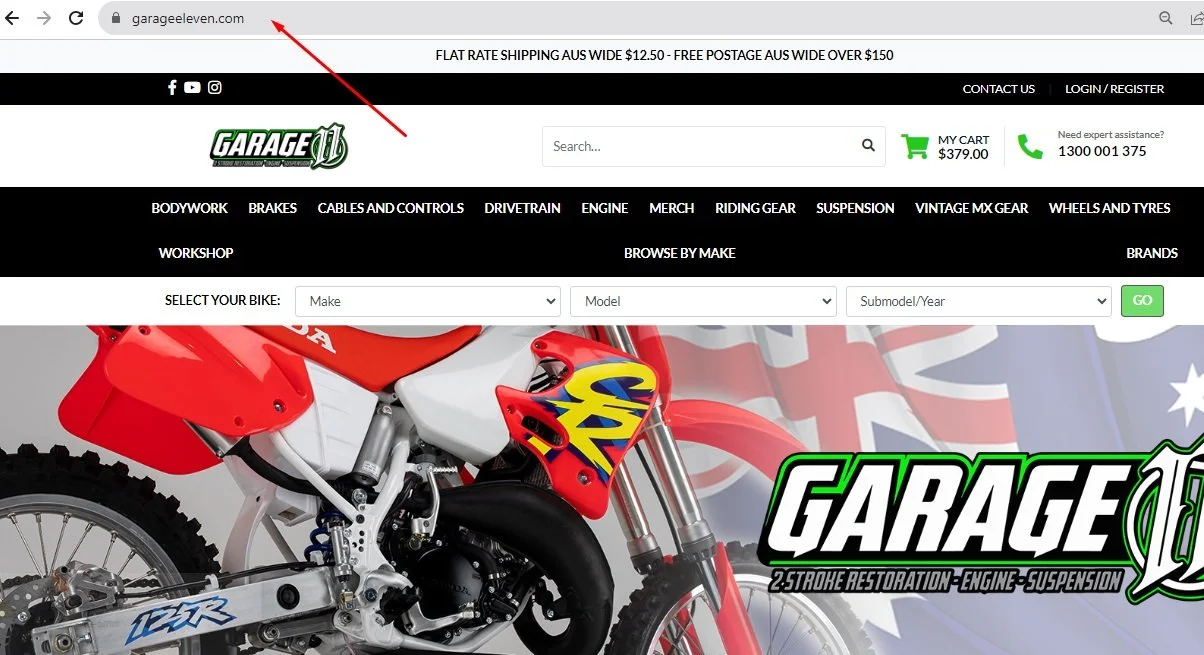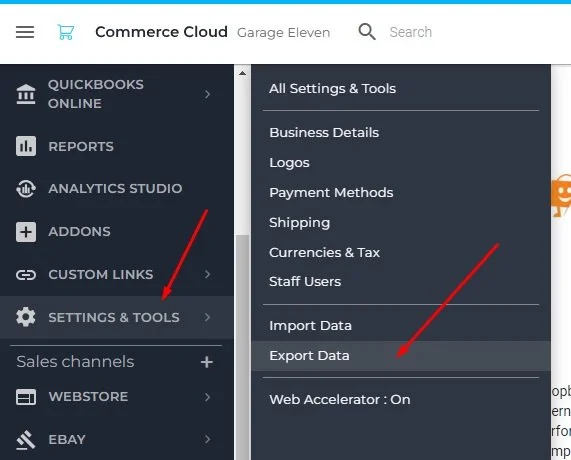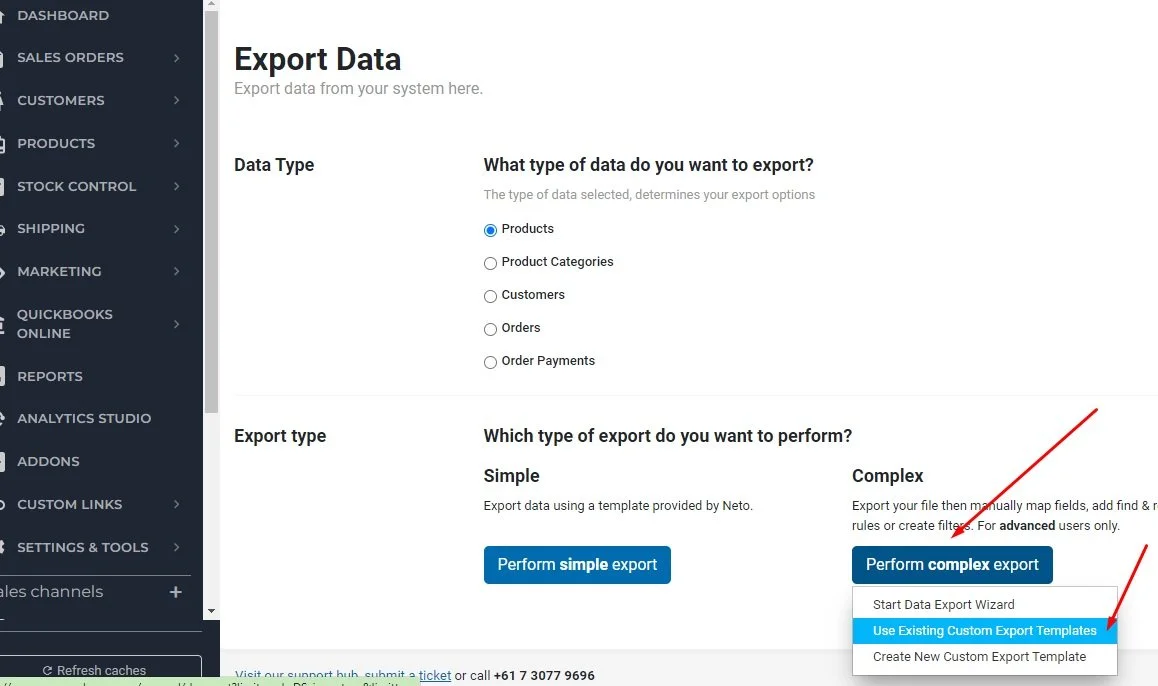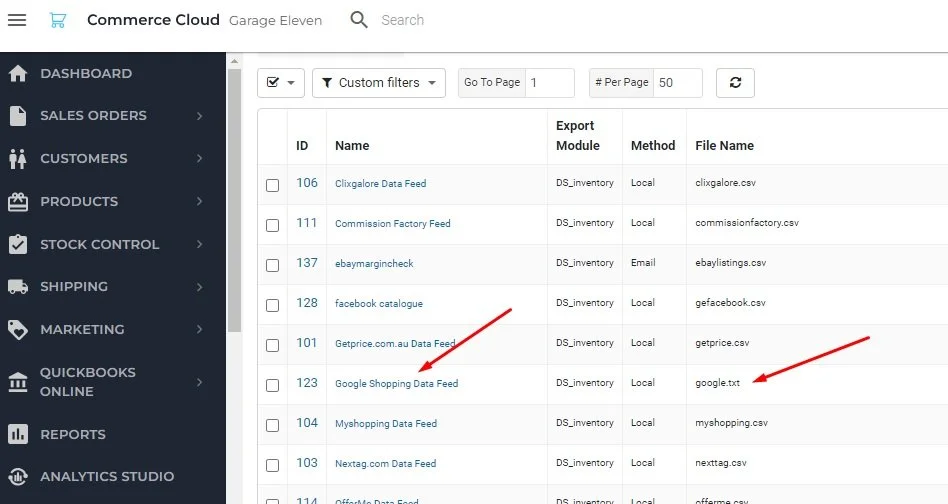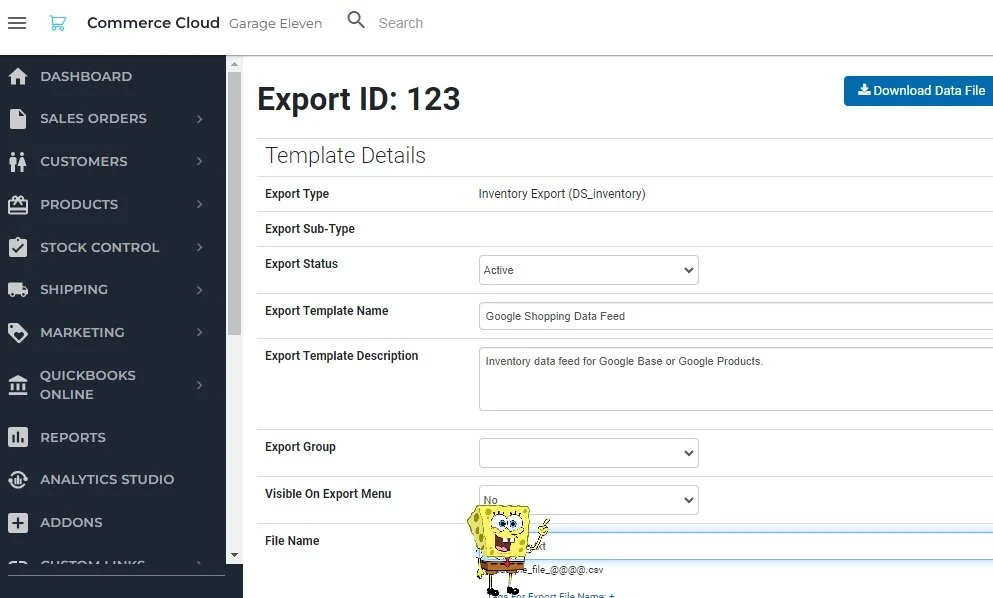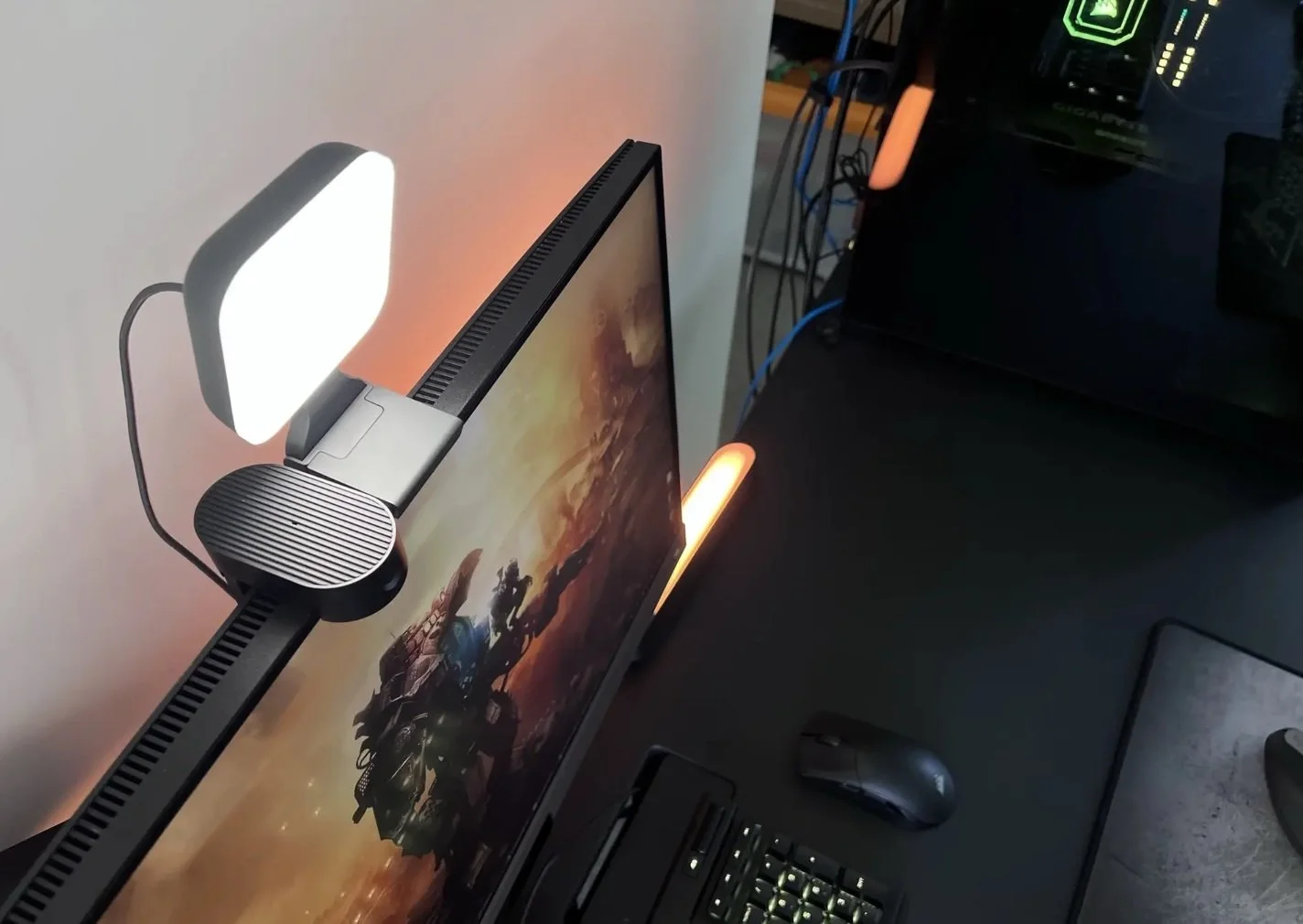Real Estate agents are stupid
Well, maybe that’s a bit harsh, but they definitely keep us in the dark. I had to race home from speaking at Retail Fest about the importance of using your metrics and analyses to grow your eCom business, just so we could finish off getting our house ready for sale (open house today, I should be cleaning, but I’m typing this instead).
I asked the real estate agent about our listings on domain.com.au and realestate.com.au and their performance; impressions, click-through rates, and whatnot. He looked at me with the same expression my Golden Retriever gave me when I was trying to teach her to play chess. He said ‘we don’t have access to that information’.
This is dumb. How can a business (the real estate agent) function without being able to pass on these metrics to the client (me and my wife)? How many times has it been favourited (the real estate equivalent of Add To Cart)? Any shares metrics? How long are potential customers staying in our listing (the rea estate equivalent of Time On Site)?
The fella across the road from us is having an open house at 12pm today, whereas we are having one at 12:30pm. I messaged the real estate agent and said ‘Hey buddy, any chance you could put some signage out an hour early about our house, so we can try and grab some of the potential customers that are coming to see old mate’s house across the road’? His reply was ‘wow, I hadn’t thought of that’. This is the real estate equivalent of ‘You may also like’. So easy. Just do it.
Saying all this though, he is actually a really nice guy. He is clearly a very successful real estate agent, and I’m sure he will sell our house for the upper dollar range we’ve asked for.
I think I just can’t help putting my eCommerce hat on and wanting the metrics. You cannot make informed decisions without metrics.
#ecomtheworld, some might say.
eBay’s ‘Listing Quality Reports’ - where they are, and why they are awesome
Oh hello lovely people! I just flew back in from speaking in the eBay ‘Sell Smarter’ section at Retail Fest. Was a great day, I was stoked to be invited! I’ll embed the livestream once it is sent to me.
One of the things I mentioned while up on stage was how important it is to utilise the eBay Listings Quality Report. This is one of my favourite tools for optimising eBay listings for all of my clients, it is basically the oracle by which all should be measured.
Now, the tricky part: NOT EVERY SELLER HAS ACCESS TO THE LISTING QUALITY REPORTS! The reports were actually discontinued by eBay a little while ago, but due to popular demand (which includes myself being quite ‘vocal’ to anyone at eBay that would listen) they are trickling back in to each eBay account.
They can be found in your eBay Seller Hub by hovering over ‘Performance’ and clicking on ‘Traffic’. If your account is enabled for Listing Quality Reports, you’ll see the button here:
Click this, and it’ll download an Excel spreadsheet, which is updated roughly every two days. You cannot access a back-catalogue of these, so I’d suggest downloading them each day and storing them in a folder somewhere so you can track your progress.
I have around twenty clients selling on eBay, and it seems as though all but three of these accounts have access to the Listing Quality Reports. I cannot see any rhyme or reason as to who has them enabled and why, but there you go.
These reports are very deep, but I’ll give you a quick overview of their function (I have anonymised all data in my sheet here so none of you creeps can snoop!)
The first page is the Listing Quality Summary. This gives you a brief rundown of your rankings in your top 10 selling eBay categories. This page also gives you a quick summary of suggestions to improve sales in each category, based on data collated from all the other sellers in your vertical.
I won’t explain in too much detail, as there is a quick summary in the ‘Guide’ tab at the bottom of the Excel spreadsheet.
The third tab is Google Shopping rejections. These are listings that you’ve created that eBay can NOT push through to Google Shopping. This is super important, as the majority of your eBay sales come from Google searches linking through to your eBay listings. Mine looks like this:
I’m gonna go ahead and give myself a pat on the back, as I’m doing all the right things by eBay, and being rewarded by having all of my listings pushed through to Google Shopping. eBay spends more money on Google advertising than any other eCommerce business in the world, so I’m happy to do the right things and reap the benefits.
Below is an example of a Listing Quality Report from one of my clients when we first started working together:
Each Listing Quality report only summarises a handful of listings at a time for the Google Shopping rejection report, and you can see that these naughty boys and girls have watermarks on their images. While watermarking your business logo onto (or over) an image might seem like good advertising, it is actually causing you a disservice as eBay will not push it through to Google Shopping. These guys also had some images that were too small, eBay requires at least 500px x 500px (I’d recommend at least 1000px x 1000px if possible).
Scrolling down, you can see the non-compliant listings, and why they are deemed ‘non-compliant’.
These are all hyperlinked so if you create and edit all listings directly within eBay, you can link straight to the offending item and repair it. If you use a decent third-party management tool such as Maropost (which you should be) you can use the eBay item number to search it up.
Once you’ve fixed these, you’ll find that the next report will have the next 250-odd non-compliant listings, which you can then repair. This client had 17,000 listings when I started working with them, and EVERY SINGLE ONE was non-compliant. Working through these increased their traffic exponentially, now they would not be caught dead having watermarks or cruddy images in their listings.
The rest of your sales come from searches within eBay - the next Excel spreadsheet tabs give a more concise breakdown of each of your top 10 categories, where you rank, and how to improve.
Above, you can see eBay’s ‘Buyer Funnel’, which shows the breakdown of your impression/clickthrough/conversion metrics. You can see in the top right of the image that I’m ranked third in this category, and there are 656 sellers (including myself) competing for the top spot.
656 sellers in this ONE category. All trying to get a sale. Each sale they get, is one less sale that you get. Think about that for a moment. You need to do whatever you can to improve.
Using the data supplied, you can infer some ideas as to how to improve. I’ll break these down for you:
The top of the funnel is ‘Impressions’. This is how many times in a day that someone sees one of your listings in a search result within eBay. You know, at this stage of the eBay buyer experience:
I can see that I’m ranked second in this category (no I don’t sell or buy dolphin costumes, this was just an example), so I must be doing a damn fine job. There are many factors that go into getting good impressions (I’ll go into this in depth another day) but a quick summary is:
Title length (as close to 80 characters as possible)
Image quality/quantity
Pricing
Listing promotions
Sell-through percentage of the listing (three sold, three still available - 50% sell-through)
And a whole bunch of other factors.
Honestly, there isn’t much I can do to improve these listings and their impression count (besides spending more on eBay Promoted Listings, which I’ll also touch on again another time) so lets just move down the funnel.
Click-through rate is important. This identifies how attractive your listings are compared to other sellers, and each time someone clicks into one of your listings from a search within eBay, it affects these metrics. You can see that the click-through rate is 0.32% (this means that for every 10,000 impressions, 32 people have clicked into my listings). I’m ranked fourth against the other 655 sellers in this category, which isn’t too bad, but it could be better.
Factors that might negatively affect your click-through rate could be:
Being too expensive
Cruddy main image
Ineffective title keywords/structure
A stupid eBay username (no joke, I saw someone selling sporting goods with the name ‘sexycommodoredriver’ once)
The bottom of the funnel (and arguably the most important part) is ‘Sales Conversion’. This is a percentage based on:
People that clicked into your listing / People that purchased your item
My conversion rate shows that almost one in five people that click into my listings in this vertical are buying it. That’s pretty darn good. Still, the rank of fifth against the other 655 sellers in this vertical could be better…although, this rank is based on percentage, not total sales; if a seller has two clicks into their items listed in the category and sells one, their conversion rate would be 50%.
Opportunities to improve conversion rate come in many shapes and sizes, and may include:
Quality and quantity of images
Quality of description
Purchase terms (Returns policy? Shipping time? Stupid caveats imposed by the seller such as ‘will not ship to you if your name sounds dumb’?)
Depth and quality of item specifics (again, another thing I’ll touch on in depth one day)
Store quality (Feedback percentage, warranty terms, shipping options)
And a whole bunch of other factors
Scrolling down the Excel spreadsheet and you can see in-depth detail about each listing:
We can see here that product #1 gets a lot of impressions, but eBay have highlighted the ‘UPC’ column as I have not put in the the UPC codes for this range of products I sell in this vertical. Thanks for the hot tip, eBay, I’ll now hassle my suppliers for some data to pad out the UPC fields in these listings. Theoretically, this should rank me higher in search results, and get more sales. Woohoo, money is awesome!
I highly, highly recommend downloading your Listing Quality Reports on a daily basis (remember, they update every second day on average, but do it daily so you get used to it). This is the single best litmus test into the quality of your listings and your store, and I use this to build direction and a plan of attack for improving the sales of every client I work with.
Make it a habit. Do it dogmatically, all the time. It is well worth it. Then track your metrics, and be rewarded when you see things like this:
Woohoo! Time to buy some cool stuff!
What tips for eCommerce selling would you like next? Please let me know and I’ll get on it.
Fixing a fatal flaw in Maropost's security - don't let your competitors see your data!
Maropost: it is bloody fantastic, as any Maropost (formerly Neto) user will tell you. One thing is, it is bloody complex. Not complicated, but definitely complex. Today I’m gonna help you fix one security issue that has plagued Maropost for so long, and no-one even really knows it is an issue!
Now: we all know the importance of having your products pushed to Google Shopping. Your Google Shopping feed is single-handedly the most important thing for your site’s SEO (I’ll cover this more in a separate post). Maropost is fantastic at facilitating this, the native Google Shopping export plug-in makes short work of the process.
The native plug-in is awesome: add it to your Maropost back-end, get the feed URL, and plop it into Google Merchant. So easy!
The ease with which this is set up though, is one of it’s biggest issues.
This feed contains a lot of important info about every single one of your products, including:
MPN of each one of your products
Title of each one of your products
Description of each one of your products
A link to each item in your store
The price you are currently selling each product at
A link to the main image of every product in your store
And, possibly the most crucial part that you’d like to keep secret: THE EXACT QUANTITY OF EVERY SINGLE ITEM THAT YOU HAVE IN STOCK!
Yep, it isn’t great. You sure as heck wouldn’t want any of your competitors to know how many of each product you have, would you? And you wouldn’t want competitors to be able to set up a scrape of your site with the exact pricing you sell your products at, so they can discount by a few bucks automatically and be cheaper than you? Your data being out there in the open is quite sucky, to be honest.
Now you might be sceptical and think ‘Dao, how could anyone out there even SEE this feed unless they know the URL?’ and you would be right, but here is the kicker:
The generic URL suffix for Maropost’s Google Shopping export file is www.yoururlhere.com/export/cs/google.txt so if you append /export/cs/google.txt to the end of your domain name in a browser, it’ll show your ENTIRE catalogue of products.
Using my good friends at Garage Eleven as an example, you can see if you go to the browser address bar:
…and simply paste the suffix of /export/cs/google.txt after the domain name and hit Enter, you’ll see an output of his ENTIRE catalogue. Try this on your own site, and you’ll be shocked!
The red arrows are pointing to:
SKU
Link to the main image of the SKU
Quantity in stock
You can also see the pricing, and a few other parameters in there such as Category, Condition and whatnot.
I told you it’s pretty sucky! The best thing is, it is quite easy to fix.
Open up your Maropost back-end, navigate to ‘Settings and Tools’ and click on ‘Export Data’.
Then at the Export Data screen, click the Perform Complex Export button and select ‘Use Existing Custom Export Templates’.
The next screen will bring up a list of all your recurring exports. You’ll see ‘Google Shopping Data Feed’ and the output file’s name of ‘google.txt’.
Click on the blue writing that says ‘Google Shopping Data Feed’, this will take you into the setup for the export for Google Shopping. Important: DO NOT MESS WITH ANYTHING IN HERE EXCEPT FOR WHAT I WILL TELL YOU TO MESS WITH! If you stuff any of this up, your Google Shopping feed may be broken and will not update. Simply scroll down to the section marked ‘File Name’, and change ‘google.txt’ to something else.
Now, DO NOT TELL ME WHAT THIS FILENAME NOW IS! Keep it to yourself. I am changing Garage Eleven’s filename output right now, so I’ll just put a picture of Spongebob over the filename from now on.
Once you’ve done this, scroll to the top of the page and click ‘Generate Data File’.
This pushes a fresh feed of all your product data to your new SECRET filename.
You will now need to update the feed within Google Shopping’s ‘Merchant Centre’. Go to https://merchants.google.com and log in, and update your feed URL to the new appended one. You may need to remove the existing feed and simply re-add your new one, which is not a big job.
Voila! You can now pat yourself on the back for taking a huge step toward protecting your information!
If you struggled with any of this, or it is a bit outside your levels of expertise, we here at Thinkerous are happy to help you. Reach out to us and we can give you a quote!
What equipment do I need to start selling online?
You wanna know the real answer? You’ve most likely already got everything you need to get started! All you need is your smartphone to shoot some snaps, and the eBay app.
If you want to get a bit fancier, definitely add a nice backlight and use a decent backdrop. You can use something nice and basic like this Vivitar ring light, will be more than perfect for most basic shoots. The best thing about ring lights is the versatility, you can shoot through them or you can have it off to the side for a different lightpoint.
I use the Logitech Litra Glow backlight, it is more for streaming and vlogging but as it is almost infinitely adjustable and powers from a USB-C source, and threads onto any tripod, I like using it for product photography.
The next step is a decent light box, for shooting images of smaller products. eCommerce marketplaces generally want white backgrounds for product images as it works within their aesthetic, and a light box is quite a simple way to achieve that. They are very inexpensive, I use the Vivitar light box as it is nice and simple, and folds up for easy transport/storage.
You can get quite involved when choosing your equipment for product photography, and we all know that a good product photo can make a world of difference, but just work within your means and keep it simple. Once you start transacting big dollars worth of product, you can branch out and get a little crazy with your setup!







